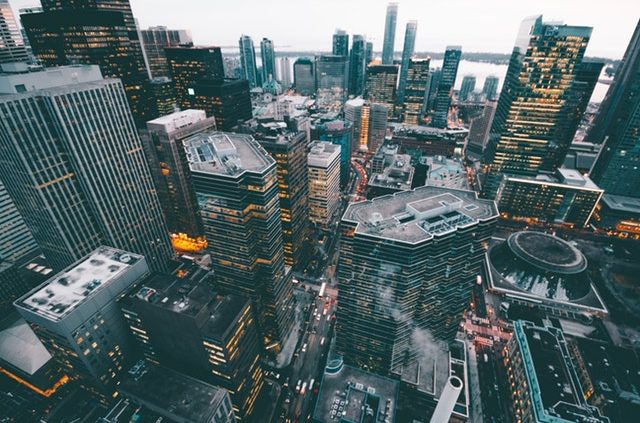Common Building Defects That Can Lead to High Maintenance Costs
Building owners and administrators are always looking for ways to keep operational costs down, but many don’t consider how some design oversights and building defects can lead to higher maintenance costs. In this post, we’ll investigate the most common issues so you can avoid making the same mistakes when planning your facility.
Common Building Defects
Two common building defects affect facilities around the world: leaks and cracks. The roof is one place where a leak can be especially detrimental. This is especially true if the building has a flat roof. A leak can occur if there’s a tear in the waterproofing membrane. Tears can happen do to damage or poor workmanship.
Once the tear has developed, rainwater will start to seep in. What’s most alarming is that depending on where the leak is and what kind of ceiling is used in your building, it could take weeks or months before the leak is spotted. During that time, it could cause extensive damage.
Cracks, like leaks, can cause trouble no matter where they form, but what’s usually costlier to repair isn’t the crack itself but the cause of the crack. For example, a building that was created on soil that wasn’t properly settled may crack as the ground moves. This may happen repeatedly until the soil has settled completely.
But in addition to these building defects, poor design can also increase the cost of maintenance.
How Building Design Leads to High Maintenance Costs
Not every design concept is cost-effective in terms of routine maintenance. In fact, some design flaws can actually inflate your annual maintenance expenses.
Below are a few examples of the most common building design mistakes that can increase maintenance costs:
- Installing extremely high ceiling lights that can only be reached by erecting scaffolding. Should a light bulb need to be replaced or the light fixture need to be repaired, it will take much longer to service.
- Installing an air conditioning unit above a drop ceiling in an area where a ladder can’t be set up properly, like over a toilet partition in the bathroom. The result is a unit that’s poorly maintained and will probably need to be replaced.
- Lights that aren’t accessible. These are usually installed during the construction of a new building, but since there’s no way to reach them, the lights are neglected once they burn out.
- Trees planted too close to the building. The debris from above can clog downspouts and damage the roof. Meanwhile, growing roots below can damage the building walls and foundation.
- Using up lights around the building. These are installed directly into the ground or concrete and typically fail due to moisture penetrating the fixture.
You can probably see how these common building defects could easily lead to higher maintenance costs. That’s why it’s so important to make sure that you plan carefully when designing your facility.
Contact Scranton Products to learn more about our cost-effective lockers, bathroom partitions, and more!




